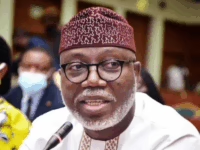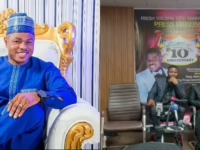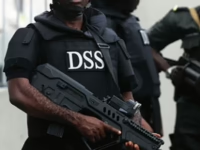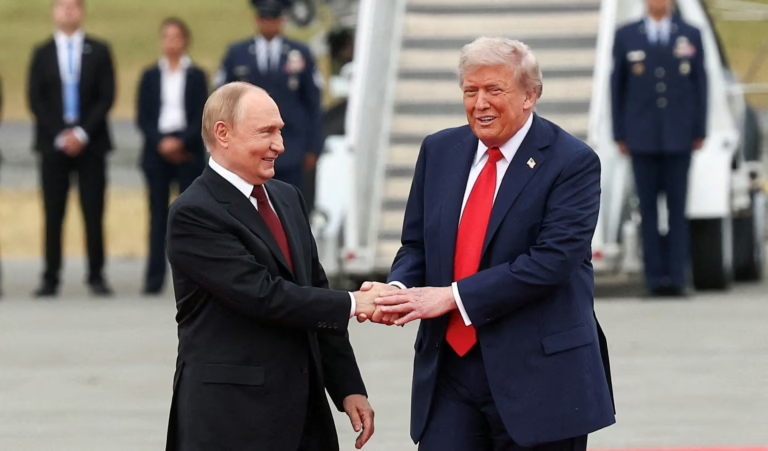Plans for a face-to-face summit between U.S. President Donald Trump and Russian President Vladimir Putin in Budapest, Hungary, scheduled within the next two weeks, have unraveled. The breakdown occurred after Trump suggested implementing a ceasefire that would “freeze” the ongoing Russia-Ukraine conflict along the existing russia-ukraine-war-key-events-day-1305/” title=”… Update: Crucial Moments and Developments on Day 1,305″>front lines.
Signaling the improbability of an imminent meeting, Trump remarked at the White House on Tuesday, “I don’t want to have a wasted meeting. I don’t want to waste time, so I’ll see what happens.”
This latest setback in peace negotiations to end Russia’s nearly four-year-long invasion of Ukraine follows a similarly unproductive summit between the two leaders in Alaska just two months ago. That encounter, arranged hastily in August, also failed to produce any breakthroughs.
The conflict, the deadliest in Europe since World War II, has resulted in tens of thousands of casualties on both sides.
So, what caused the collapse of these talks once again, and what conditions might lead Russia to cease hostilities?
Trump’s Current Ceasefire Proposal for Russia-Ukraine
During his presidential campaign last year, Trump confidently claimed he could end the Russia-Ukraine war within “24 hours.” Now, over a year later and ten months into his second term, his frustration with the stalled peace process is mounting.
Putin has demanded Ukraine’s full demilitarization and that Russia retain control over all territories it has occupied during the conflict as prerequisites for any ceasefire. Ukraine has firmly rejected relinquishing any land, leaving Trump unable to bridge the gap between these opposing stances.
On Sunday night, Trump proposed a “freeze” of hostilities along the current battle lines, suggesting that territorial disputes could be negotiated later. “They should stop fighting immediately at the front lines, return home, and end the bloodshed,” he stated.
The frontline primarily cuts through the Donbas region, an industrial area that has borne the brunt of the conflict. Trump noted, “Let the region remain divided as it is now. Russia already controls about 78 percent of the land. They can negotiate the details down the road.”
Backing from Ukraine and European Partners
Ukraine and several European leaders, including President Zelenskyy, expressed strong support for Trump’s ceasefire proposal. A joint statement released Tuesday emphasized their endorsement of an immediate halt to fighting and identified the current frontline as the basis for future negotiations.
The statement criticized Russia for repeatedly delaying peace efforts, asserting, “Ukraine remains the sole party committed to peace, while Putin continues to choose violence and destruction.”
Additionally, the leaders vowed to intensify economic and defense-related sanctions against Russia until Putin agrees to negotiate peace.
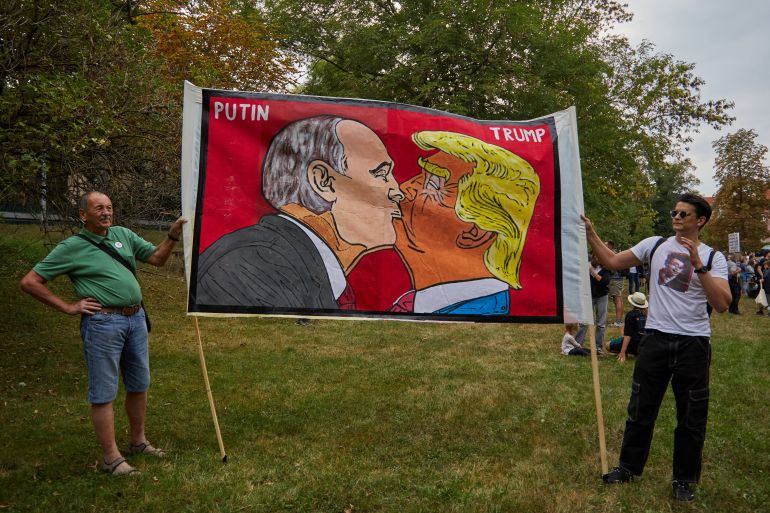
Russia’s Stance on the Ceasefire Proposal
Before the collapse of the Trump-Putin meeting plans, Kremlin spokesperson Dmitry Peskov reiterated that Russia’s position remains firm and unchanged. Moscow insists on stringent conditions for ending the war, including the full withdrawal of Ukrainian forces from eastern territories claimed by Russia.
According to Reuters, Russia privately communicated to the U.S. over the weekend a demand for control over the entire Donbas region, not just the areas currently occupied.
Russian Foreign Minister Sergey Lavrov spoke with U.S. Secretary of State Marco Rubio on Tuesday, reaffirming Moscow’s stance as outlined during the Alaska summit. Lavrov emphasized that Russia would only consider peace after addressing what it calls the “root causes” of the conflict-namely, Ukraine’s disarmament and territorial concessions.
These demands remain unacceptable to Kyiv.

Evolution of Trump’s Negotiation Approach
Throughout the mediation attempts, Trump’s position has fluctuated significantly.
Unlike the Biden administration’s unwavering support for Ukraine, Trump adopted a tougher tone during a February Oval Office meeting with Zelenskyy. Both Trump and Vice President JD Vance criticized Zelenskyy for insufficiently acknowledging U.S. assistance.
In March and again in August, Trump threatened broad secondary sanctions against Russia. Yet, during the August Alaska summit, he appeared to pressure Zelenskyy toward a compromise, even as Moscow demanded territorial concessions and a NATO exclusion for Ukraine.
Trump remarked, “There will be some land exchanges,” implying both sides would need to make territorial compromises.
However, by September, Trump shifted again, expressing optimism that Ukraine could reclaim lost territories and potentially expand beyond them.
What This Means for the Conflict’s Outlook
The cancellation of the planned summit injects further uncertainty into the conflict’s resolution timeline, with no immediate end in sight.
Last week, Zelenskyy visited the White House to advocate for the delivery of U.S. Tomahawk missiles, aiming to enhance Kyiv’s capability to strike deep within Russian territory. However, this request was not approved.
Although Trump had previously shown openness to supplying such weaponry, he retracted that stance during his recent meeting with Zelenskyy.
Zelenskyy continues to urge increased military aid from the U.S., but Trump has indicated that European NATO allies should assume a more active role in supporting Ukraine’s defense.




